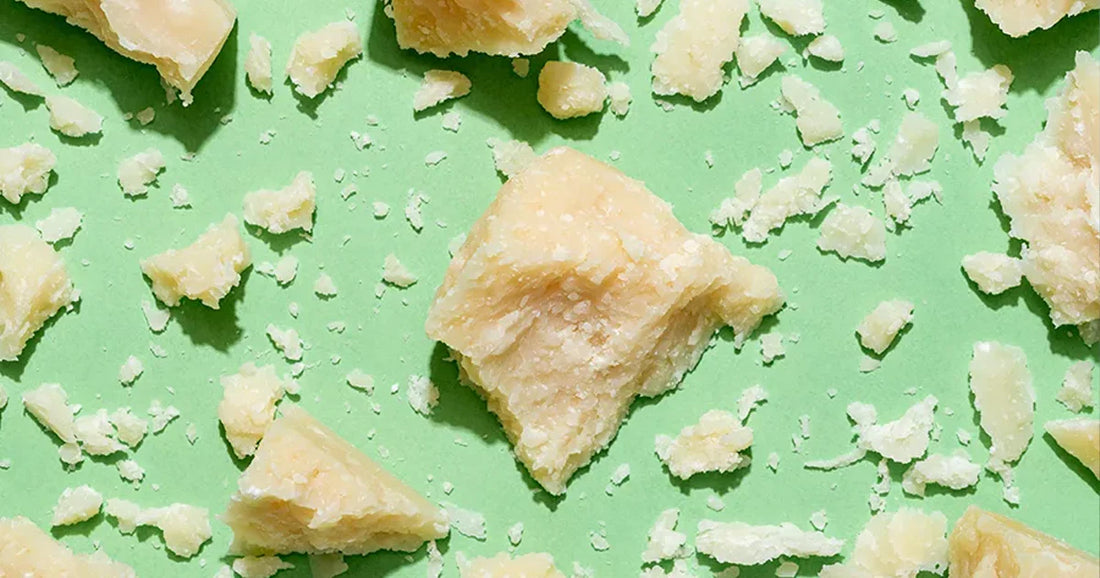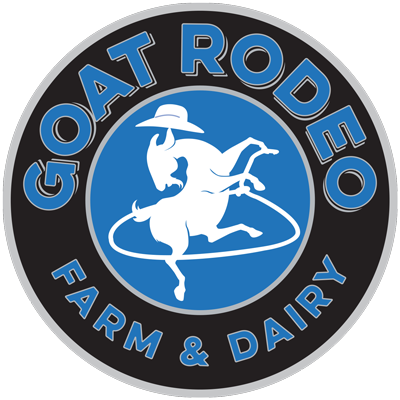
Mixed milk could provide a new flavor source for cheese
Share
Dairy Foods - These products were well represented at this year’s U.S. Cheese Championship.
Increasing manufacturer interest in mixed-milk cheeses was on full display during this year’s U.S. Cheese Championship, featuring more than 200 entries competing for top honors.
According to Jeff Jirik, award-winning cheesemaker and affineur from Jeff's Cheese, “The primary determinant of a cheese’s potential flavor profile is the choice of milk. Common milks chosen by American cheesemakers are cow (by far), sheep and goat. The protein and butterfat profiles of these bovids vary substantially. When mixed together, the diversity of the milk’s protein and fat composition expands.
“During aging, enzymes break down the protein and milkfat, yielding amino acids and fatty acids that produce the cheese’s eventual flavor profile,” he adds. “By blending different milks together in the vat, the cheesemaker can create a unique signature aged cheese with a more diverse flavor package than just what a single milk cheese can attain.”
For example, EWE CALF to be KIDding Blue from Mineral Point, Wis.-based Hook’s Cheese combines cow, sheep and goat milks for a sweet, nutty and earthy flavor profile.
Milk from goats, sheep, and cows vary slightly in essential protein, fat, vitamins and minerals. Goat’s milk contains less lactose than cow’s and sheep’s milk, less casein protein and has the smallest milkfat globule size of the three, causing it to form a softer curd that crumbles more easily than cheeses made from cow’s or sheep’s milk.
Conversely, sheep’s milk has a milkfat globule size situated between goat’s and cow’s milk and has the highest fat and protein content making it the creamiest. In addition to textural differences, sheep and goat milks tend to be higher in short- and medium-chain fatty acids as compared to cow’s milk, which may aid in glucose and lipid metabolism.
Yet, due to seasonal breeding patterns and milk production volumes of less than a gallon per animal per day, sheep and goat’s milk supplies are significantly less than cow’s milk. In comparison, cows can be bred throughout the year and produce an average of eight gallons per animal per day, which provides a consistent and ample supply. By utilizing a combination of milks, cheesemakers also can ensure they have enough milk for year-round cheese production for business continuity.
Improvements in the quality and handling of the milk prior to cheesemaking is also contributing to the increased usage and acceptance of goat and sheep’s milk in mixed milk cheeses. Rob Garves, a Wisconsin Master Cheesemaker for Chevre at LaClare Creamery in Malone, Wis., shared, “One of the things people who consume goat’s milk have shared in the past is that the milk has a different taste than cow’s milk and this can be polarizing with consumers. They love it or they hate it. Now with the use of better collection, storage and pasteurization processing equipment, goat milks have become much cleaner tasting than ever before.
“In addition, blending it with sweet buttery cow’s milk creates even more opportunities for unique flavor and textural profiles,” he continues. “LaClare’s cave-aged Chandoka cheese is a great example as it uses a unique blend of cow's milk and goat's milk, which contributes to its rich crumbly, yet creamy texture with earthy undertones and a tangy finish.”
Mixing goat and cow’s milk has brought out the best in our cheeses, according to Will Loevner, farm manager at Goat Rodeo Farm and Dairy located in Allison Park, Pa. “Through the use of surface ripening techniques, we have created award-winning flavors and textures,” Loevner says. “Some examples include Bamboozle, a semi-soft cheese that is washed in a local craft beer giving it an orange colored rind and a unique flavor, Wild Rosemary, our Manchego style cheese covered with extra virgin olive oil and hand pressed with freshly dried rosemary, creates both an aromatic and herbal flavor profile and Cowboy Coffee, a farmhouse cheddar that is hand rubbed with Pittsburgh’s Commonplace Coffeehouse’s expresso blend.”
Loevner additionally notes: “These unique flavors have allowed us to expand our business and distribute beyond just local restaurants and into retail grocery, specialty shops and online.”
Another potential opportunity for mixed milk cheese would be on pizza or flatbread. Consumers continue to seek out new and upscaled experiences. As a result, artisanal pizza and flatbreads are being offered in more places. Cheeses like fresh mozzarella, goat cheese, cheddar, blue cheese and feta are now being incorporated with other ingredients. Mixed milk cheeses could also be used in this type of application to provide more flavor and textural complexity.
As mixed milk cheeses continue to grow in availability, popularity and acceptance, new opportunities exist for U.S. cheesemakers to “mix it up” for cheese lovers everywhere.
